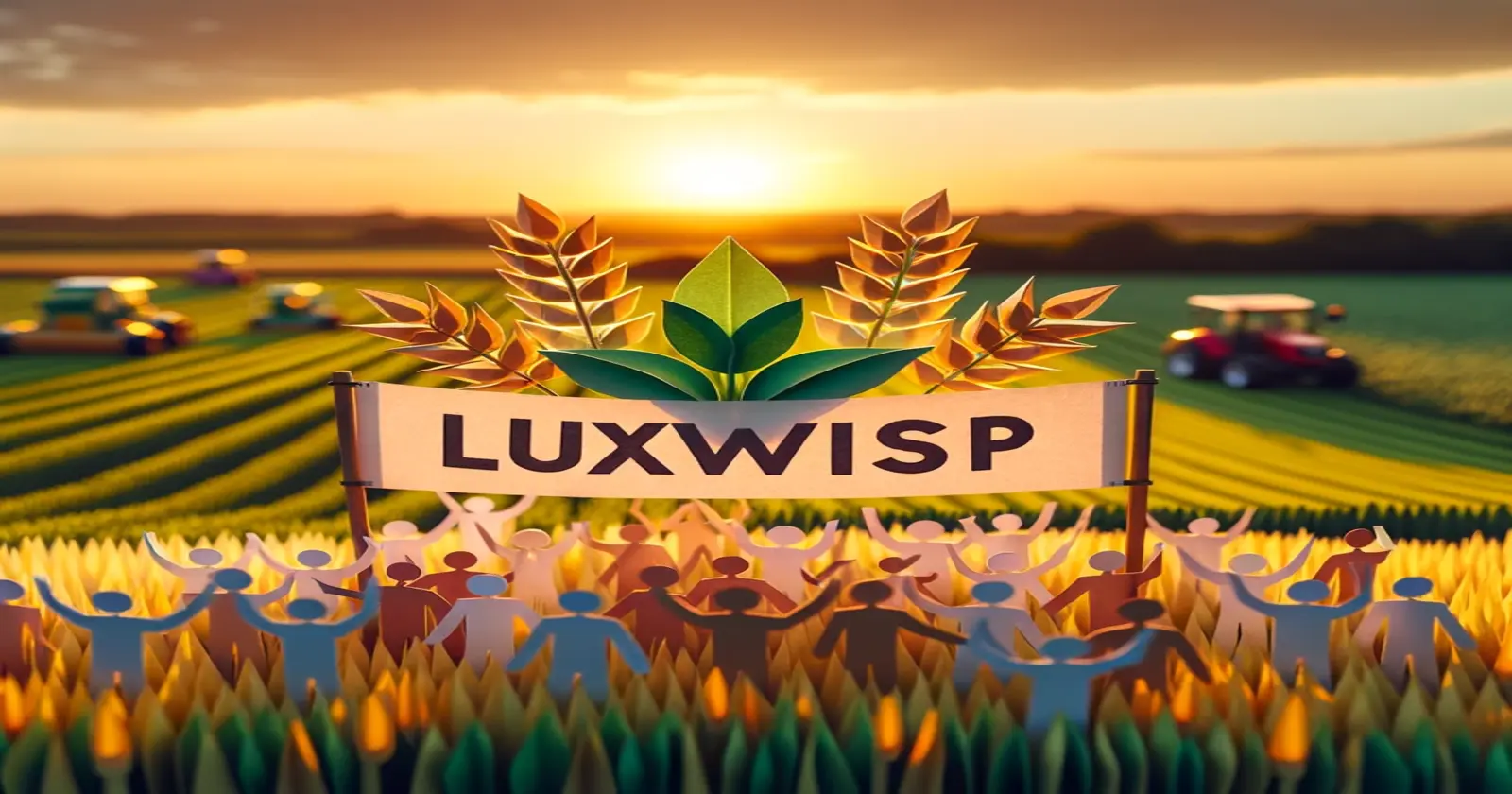Takeaways:
- Landfills offer a cost-effective solution for urban waste management and energy generation through methane gas.
- They pose significant environmental threats, including soil pollution, groundwater contamination, and methane emissions.
- Health risks associated with landfills include exposure to toxins and hazardous chemicals, affecting air, soil, and water quality.
- Sustainable alternatives like recycling and composting can reduce landfill reliance and promote environmental conservation.
| Pros of Landfills | Cons of Landfills |
|---|---|
| Effective waste disposal | Environmental degradation |
| Energy production | Air pollution |
| Land reclamation | Breeding ground for bacteria and pests |
| Economical | Solid waste accumulation |
| Stimulates recycling | Hazardous waste challenges |
| Specific location for disposal | Environmental impact of leachate and methane gas leakage |
| Can be processed to remove recyclable materials | Habitat destruction |
| Convenience | Take up a lot of space |
| Economic benefits | Can contaminate soil and water sources |
| Research and development | Potential to pollute surrounding soil and groundwater with toxins |
Pros of Landfills
- Effective waste disposal: Landfills provide a practical solution for the disposal of vast amounts of waste generated by households and industries. They offer a designated area where waste can be isolated from the environment, reducing the spread of pollutants. By concentrating waste in one location, landfills minimize the risk of contaminating various environmental zones.
- Energy production: Modern landfills have the capability to harness methane gas produced by decomposing waste materials. This gas can then be converted into electricity, providing a renewable source of energy. For example, landfill gas-to-energy projects have been implemented worldwide, turning waste into a valuable resource.
- Land reclamation: Landfills can lead to the reclamation of unusable land. After a landfill is capped and closed, the land can be rehabilitated and used for other purposes, such as parks, golf courses, or even residential developments. This transformation showcases the potential for landfills to contribute positively to land use planning.
- Economical: Landfills are often more economical compared to other waste management options. The cost of setting up and maintaining a landfill is generally lower than that of incineration plants or recycling facilities. This makes landfills a viable option for managing waste, especially in areas with limited financial resources.
- Stimulates recycling: The presence of landfills encourages the segregation and recycling of waste. Many landfill operations include facilities for separating recyclable materials from the general waste stream, promoting recycling efforts. This process not only reduces the amount of waste in landfills but also supports the recycling industry.
- Specific location for disposal: Having a designated area for waste disposal helps in controlling and monitoring the waste management process. This centralized approach ensures that waste is treated and disposed of in an environmentally responsible manner, reducing the chances of illegal dumping.
- Can be processed to remove recyclable materials: Advanced landfill operations include processes to sift through waste and extract recyclable materials. This not only extends the life of the landfill but also contributes to resource conservation by reclaiming materials that can be reused or repurposed.
- Convenience: Landfills offer a straightforward and accessible option for waste disposal. They can handle a wide range of waste types, from household garbage to industrial waste, providing a one-stop solution for various waste management needs.
- Economic benefits: Landfills create jobs and can stimulate local economies. From construction to daily operations, they provide employment opportunities and contribute to the economic development of the area.
- Research and development: The management of landfills provides valuable data for research on waste decomposition, pollution control, and environmental protection. This information can lead to innovations in waste management technologies and practices.
Cons of Landfills
- Environmental degradation: The biggest downside of landfills is their potential for environmental damage. They can lead to the destruction of natural habitats, disrupting ecosystems and harming wildlife. The transformation of green spaces into waste disposal sites results in a loss of biodiversity.
- Air pollution: Landfills emit harmful gases, including methane, a potent greenhouse gas, and other volatile organic compounds that contribute to air pollution. This not only affects climate change but also poses health risks to nearby communities through the inhalation of toxic substances.
- Breeding ground for bacteria and pests: The accumulation of organic waste in landfills creates a fertile environment for bacteria and pests. This can lead to the spread of diseases, posing health risks to wildlife and humans alike. The presence of rodents and insects can further exacerbate these health hazards.
- Solid waste accumulation: Despite efforts to reduce, reuse, and recycle, landfills still face the challenge of managing ever-increasing amounts of solid waste. This accumulation can lead to space constraints, making it difficult to find new landfill sites, especially in densely populated areas.
- Hazardous waste challenges: Landfills must contend with the disposal of hazardous waste, which requires special handling to prevent contamination. Despite strict regulations, there is always the risk of hazardous materials leaching into the environment, threatening soil and water quality.
- Environmental impact of leachate and methane gas leakage: The leaching of harmful substances into the soil and groundwater is a significant environmental threat posed by landfills. Additionally, methane gas leakage contributes to global warming, exacerbating climate change issues.
- Habitat destruction: The development of landfill sites often involves clearing large areas of land, leading to habitat destruction. This not only displaces wildlife but also alters local ecosystems, sometimes irreversibly.
- Take up a lot of space: Landfills require substantial land area, which could otherwise be used for agriculture, conservation, or development projects. This is particularly problematic in areas where land is scarce or has high value for other uses.
- Can contaminate soil and water sources: The risk of contaminating soil and water sources is a significant drawback of landfills. Leachate, a liquid that drains from landfills, can carry toxic substances into groundwater and surface water, posing a risk to human health and the environment.
- Potential to pollute surrounding soil and groundwater with toxins: The accumulation of toxins in landfills can lead to long-term environmental issues, including the contamination of surrounding soil and groundwater. This not only affects the natural ecosystem but also poses serious health risks to people living near landfill sites.
Understanding Landfills
Landfills, as specialized dumping grounds, play a critical role in waste management by adhering to rigorous federal regulations designed to minimize environmental impact. These facilities are not merely vast pits for the disposal of solid waste but are complex engineering structures that comply with stringent design, operation, and closure standards established under the Resource Conservation and Recovery Act (RCRA). This act ensures that landfills are constructed and maintained in a manner that significantly reduces the potential for groundwater contamination and controls the release of landfill gas, which can be harmful if not properly managed.
To further mitigate the environmental footprint of landfills, on-site monitoring systems are a standard requirement. These systems diligently track any changes in groundwater quality and the composition of landfill gas, allowing for immediate corrective actions if needed. Moreover, with Americans generating approximately 292.4 million tons of trash annually, the majority of which ends up in landfills, the emphasis on source reduction is becoming increasingly important. Source reduction prioritizes minimizing the volume and toxicity of waste generated, aiming to lessen the burden on landfills and, by extension, the environment.
Advantages of Landfills

Despite the challenges associated with waste management, the implementation of modern landfills offers a pragmatic and efficient solution to the disposal of non-recyclable waste, while also harboring potential for energy production and economic growth. Landfills provide a reliable and cost-effective method for processing waste that is not suitable for recycling, representing a critical component in the management of waste in urban environments. The straightforward concept of landfills for disposing of non-recyclable waste ensures that cities can maintain cleanliness and prevent the environmental degradation that comes with improper waste dumping.
The advantages of landfills can be summarized as follows:
- Cost-Effectiveness and Reliability: Landfills offer a financially viable option for municipalities to manage waste, ensuring a consistent and dependable method to process and contain waste materials.
- Energy Production: Modern landfills are designed to capture and utilize the methane gas produced from decomposing waste. This not only reduces greenhouse gas emissions but also contributes to sustainable energy practices by generating electricity.
- Economic and Social Benefits: The operation and management of landfills create job opportunities, supporting local economies. Furthermore, landfills help in maintaining public health and environmental standards by preventing the uncontrolled dumping of waste.
In essence, landfills play a crucial role in waste management strategies, offering environmental, economic, and social benefits.
Disadvantages of Landfills

While landfills serve as an essential component in managing non-recyclable waste, they present several disadvantages, including significant environmental impacts. One of the critical downsides is the contribution to soil pollution through the release of harmful chemicals. These toxic substances can alter the soil’s structure, adversely affecting wildlife and leading to a disruption in the ecological balance. Moreover, these harmful substances have the potential to seep into groundwater, creating a significant risk of water contamination. This not only poses a threat to ecosystems but also to human health, as contaminated water sources can lead to widespread health issues.
The long-term environmental consequences of soil and water pollution from landfills are profound. They can result in irreversible damage to natural habitats and ecosystems, further exacerbating the loss of biodiversity. The contamination of surrounding areas by toxic chemicals from landfills disrupts the ecological balance, harming various species and leading to a decline in biodiversity. This alteration in soil composition and the ensuing contamination highlight the critical disadvantages of landfills, underscoring the need for more sustainable waste management solutions to mitigate these impacts.
Environmental Impact

Given their significant role in waste management, it’s crucial to consider the environmental impact of landfills, which includes contributing to climate change and habitat destruction. Despite playing a key part in handling the world’s refuse, the negative environmental repercussions cannot be overlooked.
The following points illustrate the major environmental concerns associated with landfills:
- Methane Emissions: Landfills are a leading source of methane gas, which is 84 times more potent than carbon dioxide in terms of heat absorption over a 20-year period. This significantly exacerbates the greenhouse effect, contributing to global warming and climate change.
- Water Pollution through Leachate: The leachate produced by landfills, which contains high levels of ammonia, can lead to eutrophication. This process depletes oxygen levels in water bodies, creating dead zones where aquatic life cannot survive. Additionally, despite federal regulations mandating protective liners, these barriers are prone to leaks, further risking water contamination.
- Habitat Destruction: The vast size of landfills, averaging 600 acres, directly leads to the loss and destruction of natural habitats. The conversion of these lands into waste disposal sites displaces numerous species, disrupting local ecosystems and biodiversity.
Health and Safety Concerns

Exploring the health and safety concerns associated with landfills is critical to acknowledge the potential risks they pose to nearby communities.
The release of toxins and the risk of disease transmission are significant points of concern, underlined by studies linking proximity to landfills with various health issues.
These aspects warrant thorough examination to understand the implications for public health and safety.
Potential Toxin Release
The release of toxins from landfills represents a significant health and safety concern, as it can lead to soil, water, and air contamination, thereby posing serious risks to nearby communities. Hazardous chemicals and heavy metals leach into the environment, undermining the health of ecosystems and humans alike. Exposure to these toxins is not just a passing concern but a persistent threat that requires stringent management and regulation.
To illustrate the risks, consider the following:
- Hazardous chemicals can cause respiratory issues and skin irritation among exposed populations.
- Heavy metals leaching into groundwater can lead to severe long-term health problems, including neurological damage.
- Without proper containment, the persistent release of toxins into the environment can necessitate costly clean-up efforts and significantly impair public health.
Disease Transmission Risk
Landfills, serving as hubs for waste accumulation, significantly heighten the risk of disease transmission to surrounding populations through the attraction of vectors such as rats and flies. These vectors are known carriers of diseases, which can easily spread to nearby communities.
Improperly managed landfills exacerbate the issue, as infectious diseases find pathways through contaminated water sources and air pollution. Decomposing waste becomes a hotbed for pathogens, presenting serious health risks including respiratory illnesses and gastrointestinal infections.
The leachate produced by landfills, a liquid that drains from waste, carries harmful bacteria and viruses into soil and groundwater, jeopardizing drinking water quality. Furthermore, inadequate waste disposal practices foster the growth of bacteria and parasites, turning landfills into breeding grounds for diseases.
Sustainable Alternatives

As we explore sustainable alternatives to landfills, it becomes clear that recycling initiatives and composting offer significant benefits. These methods not only help in reducing the volume of waste requiring landfill disposal but also promote the conservation of valuable resources.
Recycling Initiatives Impact
By significantly reducing the volume of waste directed to landfills, recycling initiatives serve as a crucial component in promoting sustainability and conserving resources. These programs not only extend the lifespan of landfills but also bring multifaceted environmental and economic benefits. To illustrate:
- Recycling conserves natural resources and lowers energy consumption by minimizing the need to extract and process raw materials.
- It plays a significant role in reducing greenhouse gas emissions, thus mitigating the impact of climate change and offering a cleaner, healthier environment.
- The recycling industry generates job opportunities, supporting a sustainable economy through the development of green jobs and promoting a circular economy where materials are continuously reused and recycled, diminishing the reliance on landfill disposal.
Composting Benefits
Building on the momentum of recycling initiatives, composting emerges as another pivotal strategy in the quest for sustainable waste management and environmental conservation. By diverting organic waste from landfills, composting significantly reduces greenhouse gas emissions, particularly methane, a potent contributor to global warming.
This sustainable practice enriches the soil with vital nutrients, enhancing plant growth while reducing the reliance on chemical fertilizers. Furthermore, composting aids in moisture retention, minimizing the need for extensive water usage in agricultural and gardening endeavors.
The Future of Waste Management

Looking towards the future, waste management is poised for a transformation with the advent of more sustainable technologies and practices aimed at reducing the environmental footprint of landfills. The evolution of waste management strategies signals a shift from merely managing waste to harnessing its potential, reflecting a broader commitment to environmental sustainability and resource conservation.
To illustrate the emerging trends shaping the future of waste management, consider the following:
- Advancements in Sustainable Landfill Technologies: Innovations are being developed to make landfill operations more eco-friendly. This includes improved waste segregation methods that enhance resource recovery and reduce harmful emissions, thereby minimizing the environmental impact.
- Rise of Waste-to-Energy Projects: These initiatives are transforming waste into a valuable resource by generating energy from the decomposition of landfill materials. This approach not only addresses waste disposal concerns but also contributes to renewable energy production.
- Embrace of Circular Economy Principles: Through increased recycling, composting, and waste reduction efforts, there is a move towards minimizing reliance on landfills. Collaborative efforts between governments, industries, and communities are crucial in transitioning to a more circular economy, where waste is seen as a resource rather than a burden.
These developments indicate a promising direction for waste management, focusing on sustainability and efficiency to mitigate the environmental challenges posed by traditional landfill practices.
Conclusion
In conclusion, while landfills serve as a crucial component of contemporary waste management by offering a convenient disposal method, creating job opportunities, and potentially generating energy, they are also associated with significant environmental and health drawbacks. These include soil, groundwater, and air pollution, deforestation, and the presence of hazardous materials.
The outlined disadvantages underscore the imperative for adopting sustainable waste management practices to mitigate the adverse impacts on the environment and public health, thus shaping a more sustainable future for waste management.













